 Sigma
Sigma Sigma
Sigma
The kid was me. I was 15 at the time. How did I end up where I was at the time?
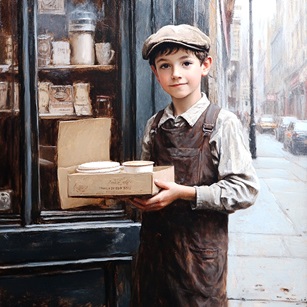
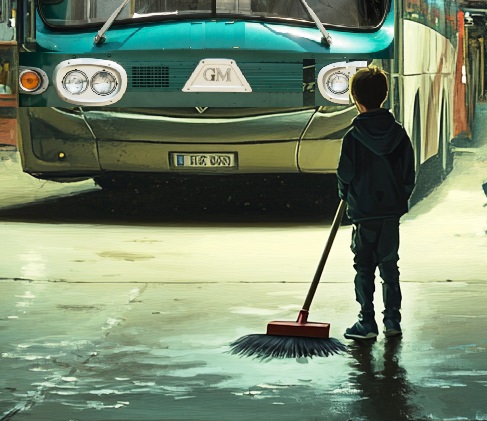
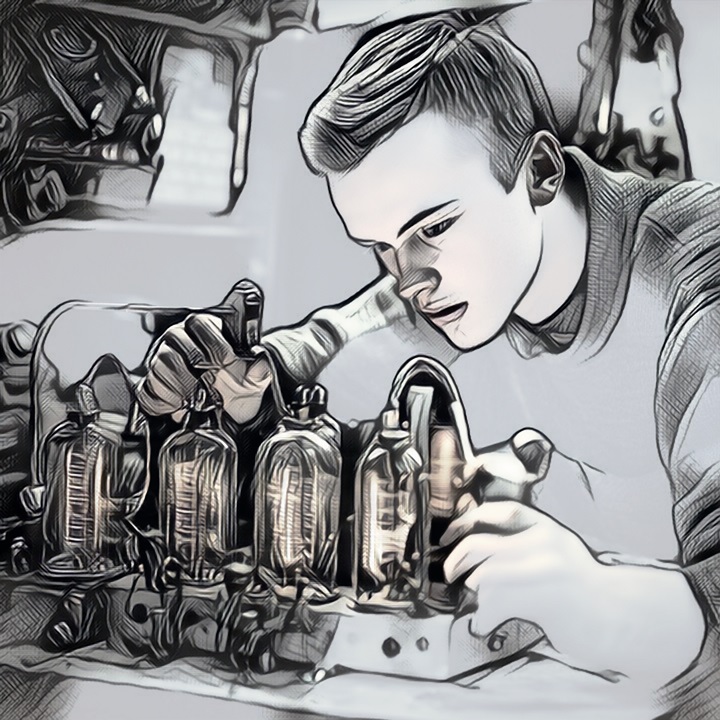
It was my afterschool job: usually sweeping, making or getting coffee, coiling up cables. After a long process, I graduated to checking vacuum tubes!
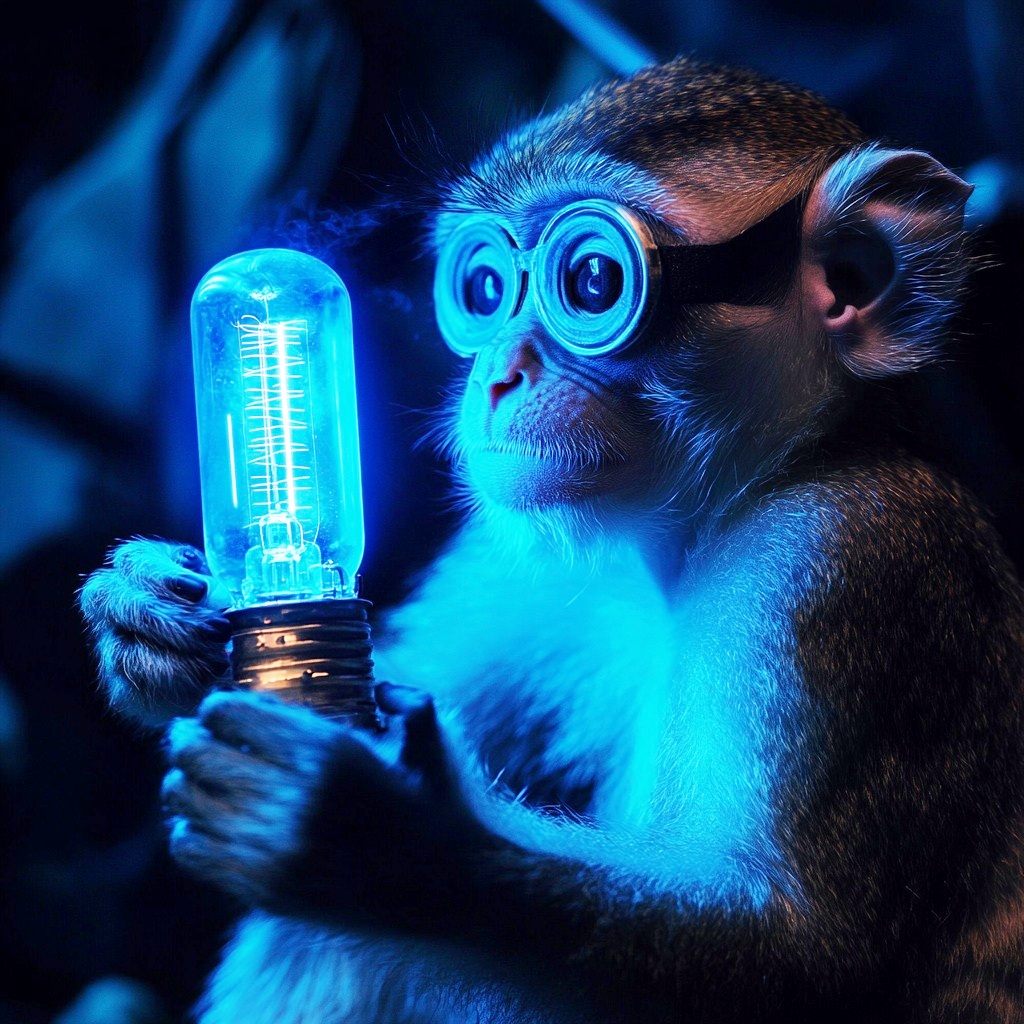 could do it!
could do it!On days when the truck was out doing a shoot my gopher duties travelled with the truck.
The person commanding me to clear out was Alan Ludden. He was a game show host, singer, and actor. He was best known as the host of the Password game show for many years. Today, many would know of his second wife, Betty White, who passed away recently, than know of him. Those of advanced age might remember his first national TV stint. He hosted the College Bowl quiz show.
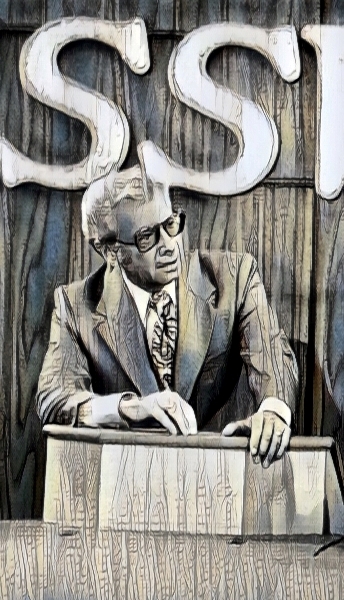
By most accounts, he was a decent and nice guy. But at that moment, his show had a problem. I was in the way as he entered the production truck to speak with the producer, who was also in the truck. The show he was hosting that day was not a game show. It was an old–time variety show, sponsored by a now–defunct general merchandiser, Gemco. At the time, the Lucky Supermarket chain owned them. They produced a show in front of their brand–new stores every time one opened. In the late '60s, that occurred almost every week.
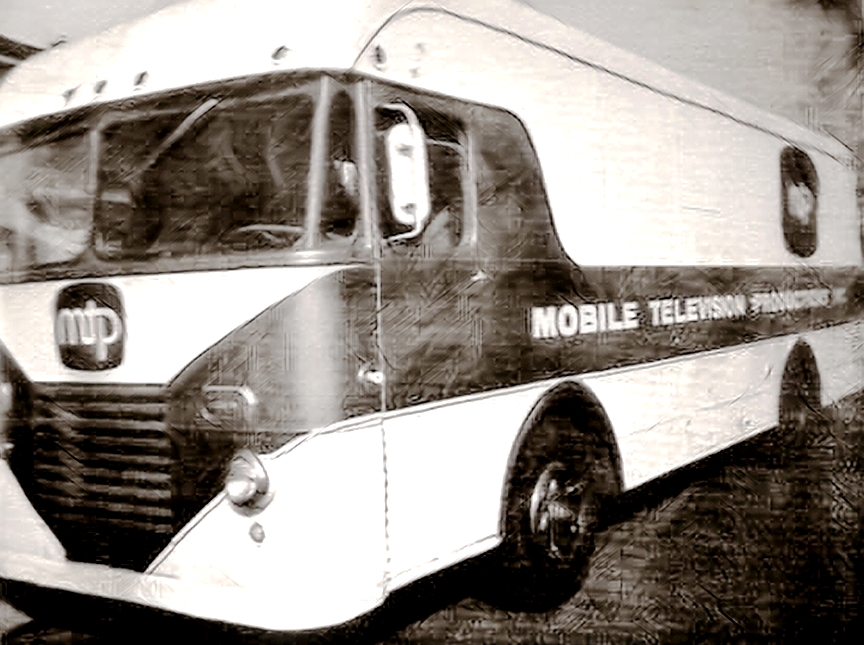
What was he upset about? I don't remember, and if I were able to recall the issue, I most likely would not have understood it anyway. They weren't paying me to think much. Actually, I wasn't getting paid at all.
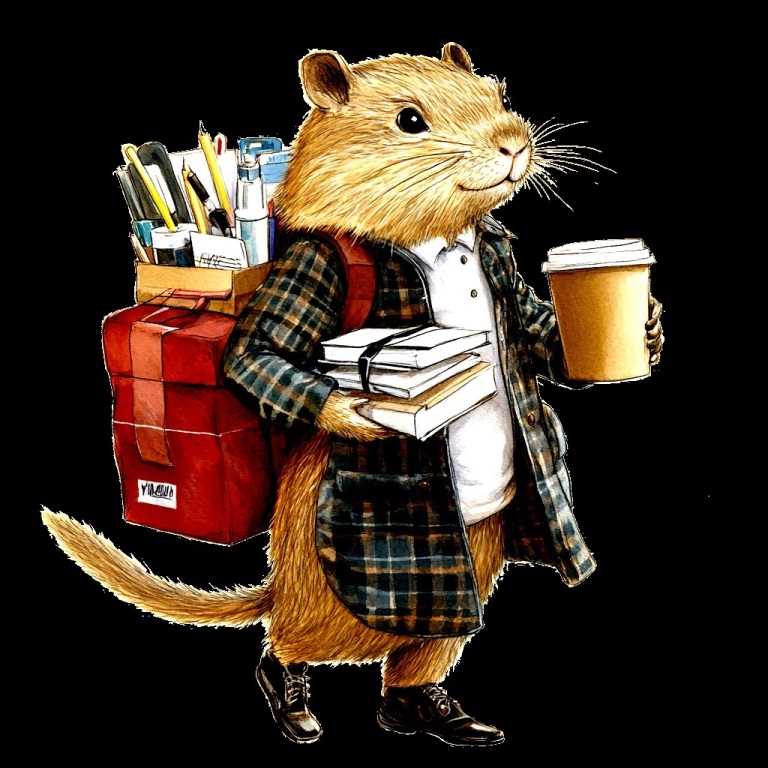
My utility to the production taking place that day was that of a gopher. I got, delivered, and carted things. What things? Whatever someone needed. From coffee to miscellaneous pieces and parts that went into a television production. Sometimes it was an item from one end of the truck to another. Sometimes it was to the center field camera. Or a camera a couple of holes over from the production truck for a golf match. Sometimes, I delivered lunch and drinks to crewmembers spread out at a venue. Be it a stadium or arena. A golf course. That day it was a parking lot.
My co–author of a book on how TV on location is done, George Hoover, used to say that, originally, production companies that did TV on location were generally cowboys. The ones that exist today learned how to be ranchers. MTP was definitely a band of cowboys. A cowboy is a job, often one that the cowboy enjoys. A rancher is a manager. Like all industries, they start small. Their tools and methods are often developed on the fly. MTP bought that Sports Network truck for $25K in 1967. As mentioned, it had four cameras that could be used outside of the truck. Those four cameras were introduced in 1953. They used vacuum tubes, not solid–state components. Also, they were black and white only.
My father used to lament that one day it would take a million dollars to put a truck on the road. Today a high–end truck, usually they are trailers today, can run two or three times that much. Now, these trucks don't have only a half dozen cameras. It's usual to have a hundred sources, including a couple dozen cameras and 60 or more replay channels. Our production truck outside the newest Gemco store that day could hold eight crew members. A production trailer today may seat over two dozen.
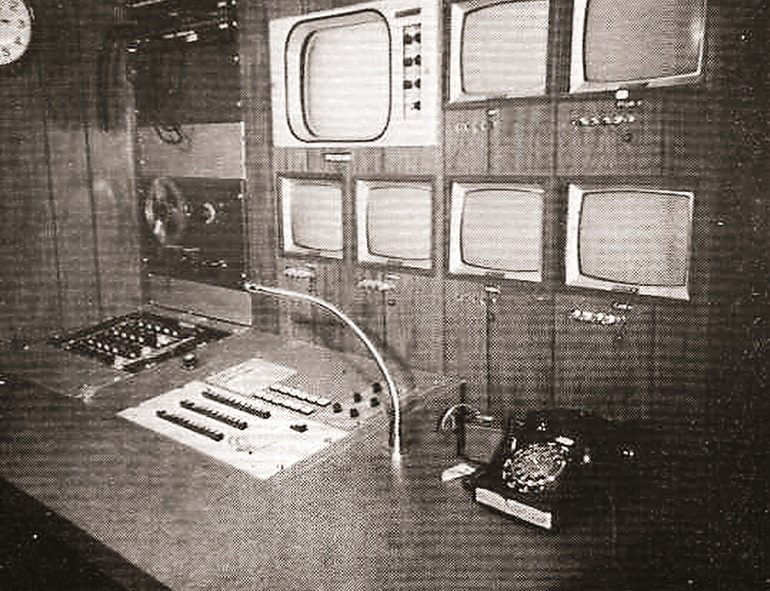
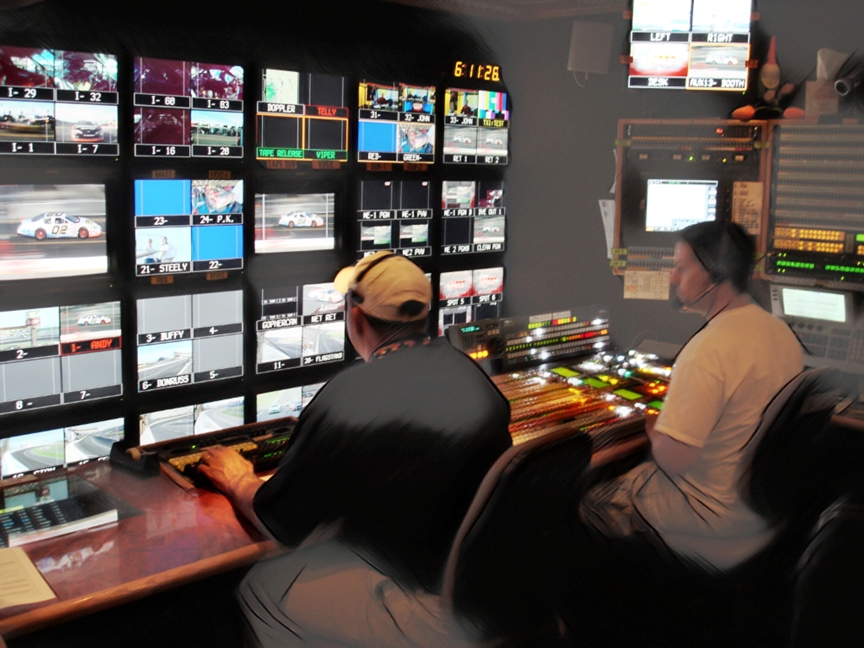
Production compartment 1968 Today's
Today's production trailers are very capable. But a single trailer is often not enough. Consider marquee events like Sunday Night Football. It requires almost 150 crew members spread out in three or four trailers, with another 100 inside the stadium. With utility and office trailers, this posse of trucks can number 10 or more.
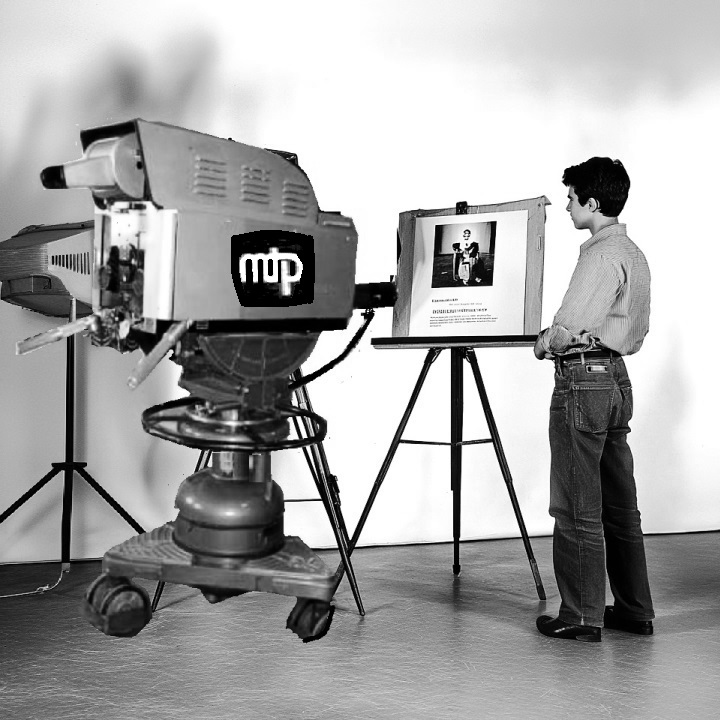
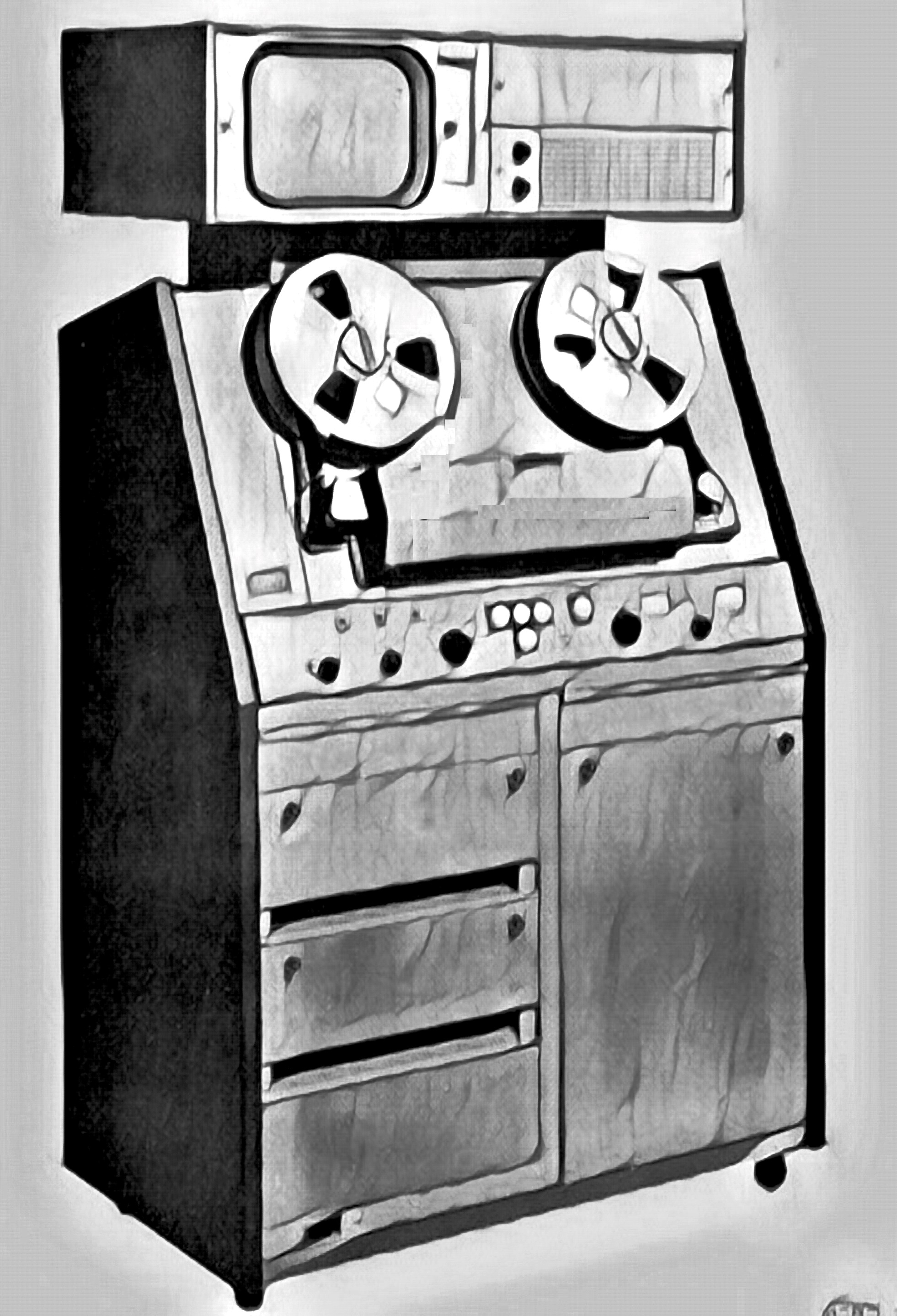
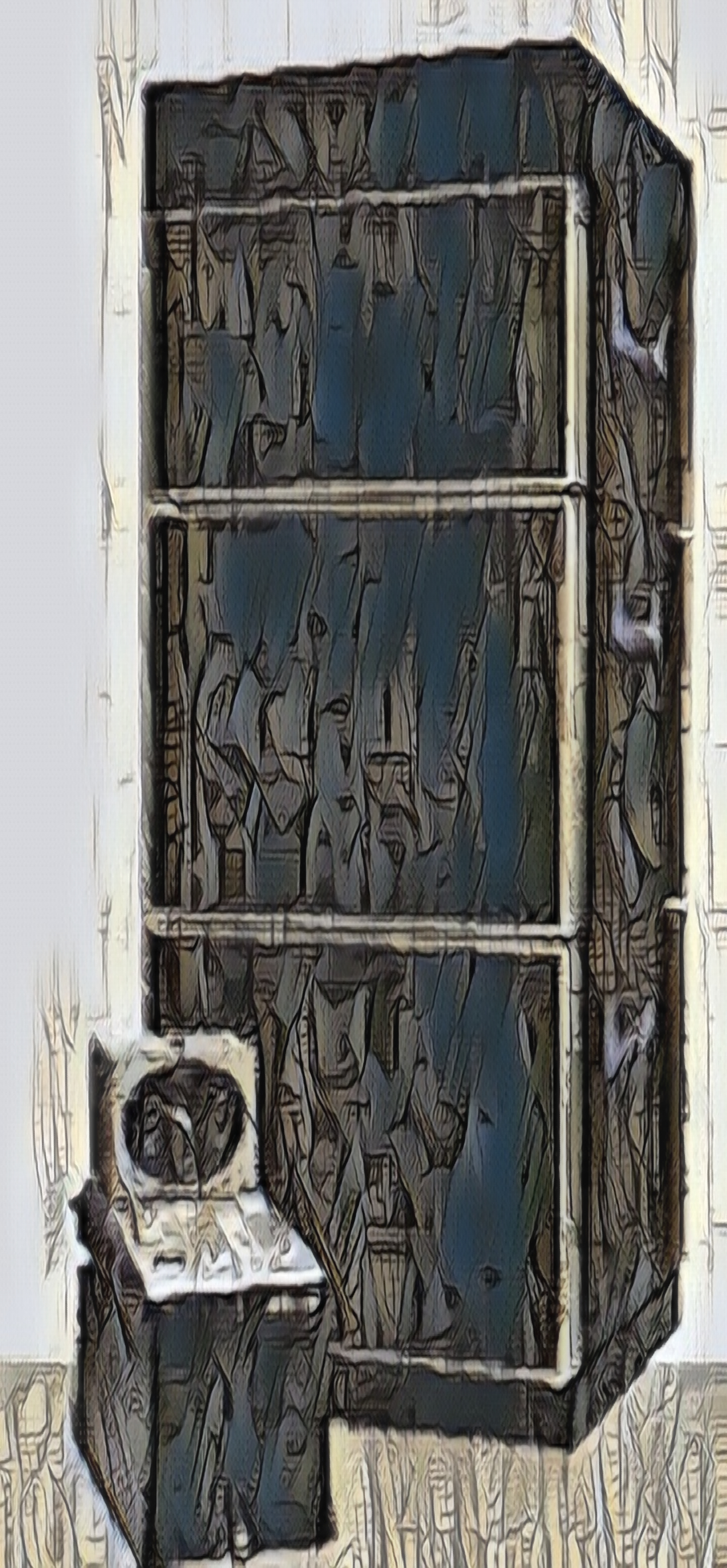
Back to my interaction with Mr. Ludden, there wasn't any more. I only did what was asked of me by others if he and I were in different places.
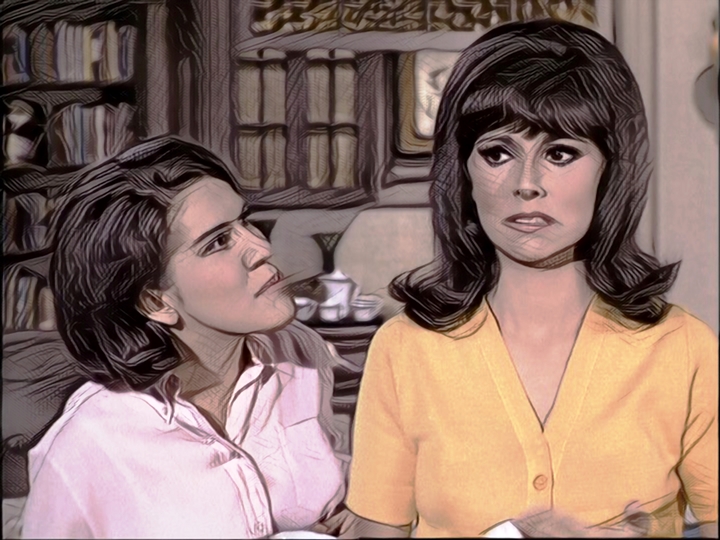
But it wasn't all bad that outing. Ruth Buzzi was part of that show, and her friend Marlo Thomas also showed up. I don't remember if she ended up being a part of that show. Anyway, it got back to me that the pair thought I was cute. No, not in an attractive way, but as a kid playing TV!